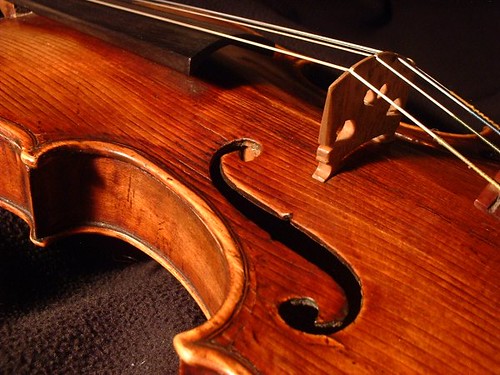How classical music has stood the test of time

Many think that classical music is a dying art. But it’s a lot more relevant than we think.
October 28, 2021
In modern society, classical music is often viewed as something of the past—something long gone and unrelatable to our current society. In a world where constant advancements and evolution of thinking seems to completely abandon old and more traditional components, where hasty people wish for gratification and convenience, this slow-paced genre of art is often considered dull, lacking, and without much meaning.
Classical music and its history diffuse into our modern world today, as an important past to an aspect of our ever-evolving society. Yet, while it may stand out as incredibly obscure against the rest, no matter the size, it still has an everlasting impact on current life. Classical music represents the traditions and the beliefs of nature we live in. The philosophies that have powered the great composers of the past and the aspects that have shaped the characteristics of this genre have played a significant role in the formation of our modern-day society. The relationship between classical music and modern society is not one of obsolescence, but one of old meeting new.
Classical music is eternal, constantly alive, and present within our ever-evolving society and as something that connects us with the natural workings of the world. While its physicality and consumption seem to diminish with time, many of its underlying, fundamental aspects are also intertwined within modernity—multifaceted interpretation and possibilities. These everlasting aspects are shared with many portions of the world today, whether they’re debatable news issues with contradictory sides, lyrics to a song, or abstract art. After all, despite what many people think, classical music is still an ever-evolving sense of art.
Another aspect that has been seen throughout past eras; pieces are structured but flexible and a balance of different competing characteristics. Within each classical piece is a lot of rigidness, a lot of structure. However, there is also a lot of ambiguity and an abundance of vagueness in this genre.
The original composer gives its basic structure, characteristics such as the tempo, notes, and fingering. Yet even with these notes and fingerings, the phrasing and lyrical aspects are left to the imagination. These aspects are also apparent within something that encompasses the whole of our modern society—nature.
Like nature, classical music is liberating, yet structured at the same time. The basic foundations of this piece function like food webs, energy pyramids, and cycles of elements. Without it, they cannot function and life on Earth would be impossible. The same applies to classical music. While given an overall structure, many aspects of nature are not rigid, not structured—curved and crooked tree branches, bent paths of water, unsymmetrical mountains overlooking vast green plains. While there is structure, many aspects can be flexible and interchangeable. Just as with classical music, sections can be interpreted in completely different ways—for some, played with nobility and great force, for others, played softly and passively. It is the same piece, but the interpretations, the opinions of what they believe the composer wishes to convey, are different.
The significance of classical music manifests throughout many customary practices today, like in national anthems. They serve to present pride and to unite the people of that nation. Despite the relative fading of classical music consumption among the average population, these anthems and the instrumental characteristics within them are still held to great importance, as a symbol of tradition within the nations of today’s modern society. These are a prominent aspect that symbolizes the longevity and historical importance of classical music.
Another place classical music has manifested itself is in movies and TV shows. John Williams, one of the most well-known composers in modern day. He has created music for every Star Wars movie, “Jurassic Park,” “Harry Potter,” and so many more iconic films. One of his most famous pieces, “Emperor’s March,” has become such an important part of ‘80s pop culture that people who have never watched “Star Wars” can instantly recognize the song.
The many foundational and indispensable elements incorporated within every classical piece are the reason they have been so long-standing and for the most part, unchanged, and are the reason they aren’t as temporary as many “trendy” and contemporary pieces of media existing today.
Though having diminished in popularity since the 1990s and seemingly abandoned in today’s advancing contemporary society, the essence of classical music is still incorporated in our everyday life, still lingering in modern society, in more ways than one. Classical music is eternal—it’s something that should not be viewed as static, but something that connects us with the natural workings of the world.


